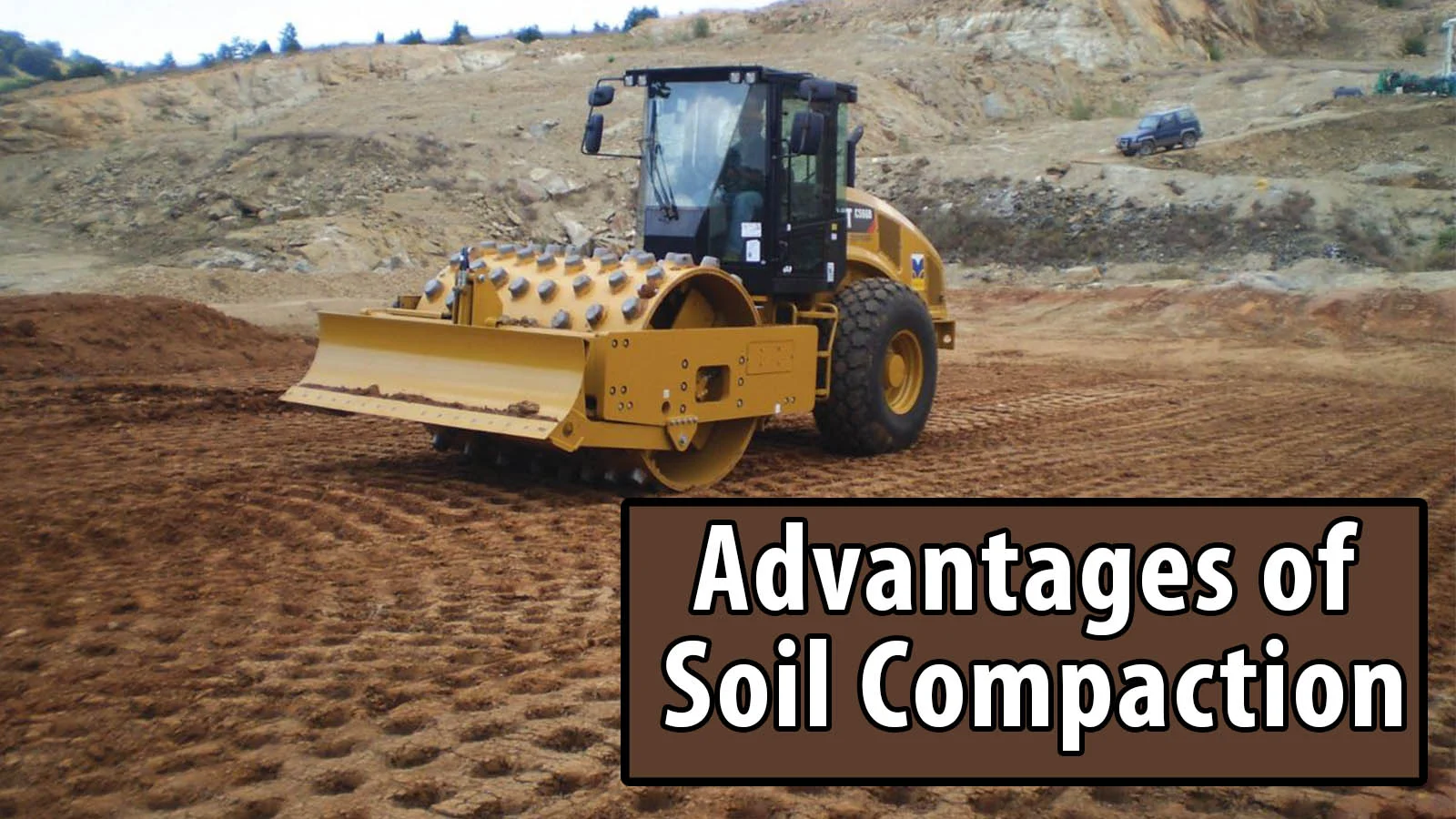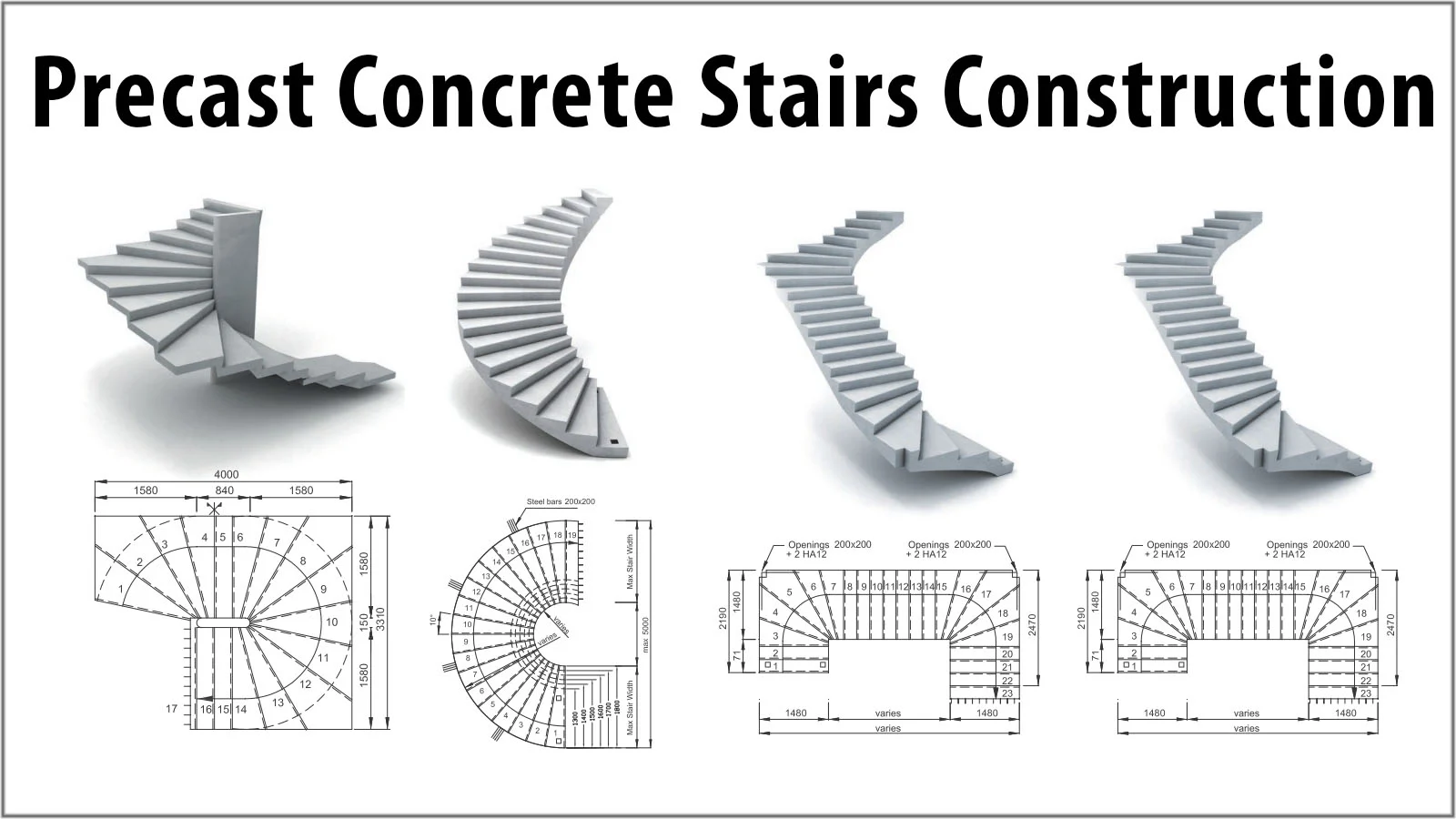Specifications for Design of footings as per IS 456: 2000

The important guidelines given in IS 456: 2000 for the design of isolated footings are as follows:
Footings is designed to sustain the applied loads, moments and forces and the induced reactions and to ensure that any settlement which may occur is as nearly uniform as possible, and the safe bearing capacity of the soil is not exceeded (see IS 1904).
In sloped or stepped footings the effective cross-section in compression is limited by the area above the neutral plane, and the angle of slope or depth and location of steps is provided such that the design requirements are satisfied at every section. Sloped and stepped footings that are designed as a unit shall be constructed to assure action as a unit.
Thickness at the Edge of Footing
1. In reinforced and plain concrete footings, the thickness at the edge shall be not less than 150 mm for footings on soils, nor less than 300 mm above the tops of piles for footings on piles.
2. In the case of plain concrete pedestals, the angle between the plane passing through the bottom edge of the pedestal and the corresponding junction edge of the column with pedestal and the horizontal plane (see Fig. 20) shall be governed by the expression:
2) where
= calculated maximum bearing pressure at the base of the pedestal in N/mm2
fck = characteristic strength of concrete at 28 days in N/mm2.
Moments and Forces
1. In the case of footings on piles, computation for moments and shears may be based on the assumption that the reaction from any pile is concentrated at the centre of the pile.
2. For the purpose of computing stresses in footings which support a round or octagonal concrete column or pedestal, the face of the column or pedestal shall be taken as the side of a square inscribed within the perimeter of the round or octagonal column or pedestal.
3. Bending Moment
The bending moment at any section shall be determined by passing through the section a vertical plane which extends completely across the footing, and computing the moment of the forces acting over the entire area of the footing on one side of the said plane.
The greatest bending moment to be used in the design of an isolated concrete footing which supports a column, pedestal or wall, shall be the moment computed in the manner prescribed above at sections located as follows:
a) At the face of the column, pedestal or wall, for footings supporting a concrete column, pedestal or wall;
b) Halfway between the centre-line and the edge of the wall, for footings under masonry walls; and
c) Halfway between the face of the column or pedestal and the edge of the gussetted base, for footings under gussetted bases.
4. Shear and Bond
The shear strength of footings is governed by the more severe of the following two conditions:
a) The footing acting essentially as a wide beam, with a potential diagonal crack extending in a plane across the entire width; the critical section for this condition shall be assumed as a vertical section located from the face of the column, pedestal or wall at a distance equal to the effective depth of footing for footings on piles.
b) Two-way action of the footing, with potential diagonal cracking along the surface of truncated cone or pyramid around the concentrated load; in this case, the footing shall be designed for shear in accordance with appropriate provisions.
In computing the external shear or any section through a footing supported on piles, the entire reaction from any pile of diameter Dp whose centre is located DP/2 or more outside the section shall be assumed as producing shear on the section; the reaction from any pile whose centre is located DP/2 or more inside the section shall be assumed as producing no shear on the section, For intermediate positions of the pile centre, the portion of the pile reaction to be assumed as producing shear on the section shall be based on straight line interpolation between full value at DP/2 outside the section and zero value at DP/2 inside the section.
4) The critical section for checking the development length in a footing shall be assumed at the same planes as those described for bending moment and also at all other vertical planes where abrupt changes of section occur. If reinforcement is curtailed, the anchorage requirements shall be checked in accordance with 26.2.3 of IS456: 2000.
Tensile Reinforcement
The total tensile reinforcement at any section shall provide a moment of resistance at least equal to the bending moment on the section.
Total tensile reinforcement shall be distributed across the corresponding resisting section as given below:
a) In one-way reinforced footing, the-reinforcement extending in each direction shall be distributed uniformly across the full width of the footing;
b) In two-way reinforced square footing, the reinforcement extending in each direction shall be distributed uniformly across the full width of the footing; and
c) In two-way reinforced rectangular footing, the reinforcement in the long direction shall be distributed uniformly across the full width of the footing. For reinforcement in the short direction, a central band equal to the width of the footing shall be marked along the length of the footing and portion of the reinforcement determined in accordance with the equation given below shall be uniformly distributed across the central band:
5) where is the ratio of the long side to the short side of the footing. The remainder of the reinforcement shall be uniformly distributed in the outer portions of the footing.
Transfer of Load at the Base of Column
The compressive stress in concrete at the base of a column or pedestal should be considered as being transferred by bearing to the top of the supporting pedestal or footing. The bearing pressure on the loaded area shall not exceed the permissible bearing stress in direct compression multiplied by a value equal to
but not greater than 2, where
A1 =supporting area for bearing of footing, which in sloped or stepped footing may be taken as the area of the lower base of the largest frustum of a pyramid or cone contained wholly within the footing and having for its upper base, the area actually loaded and having side slope of one vertical to two horizontal; and
A2= loaded area at the column base.
1. Where the permissible bearing stress on the concrete in the supporting or supported member would be exceeded, reinforcement shall be provided for developing the excess force, either by extending the longitudinal bars into the supporting member, or by dowels.
2. Where transfer of force is accomplished by, reinforcement, the development length of the reinforcement shall be sufficient to transfer the compression or tension to the supporting member in accordance with 26.2of IS456: 2000.
6) 3. Extended longitudinal reinforcement or dowels of at least 0.5 percent of the cross-sectional area of the supported column or pedestal and a minimum of four bars shall be provided. Where dowels are used, their diameter shall no exceed the diameter of the column bars by more than 3 mm.
4, Column bars of diameters larger than 36 mm, in compression only can be dowelled at the footings with bars of smaller size of the necessary area. The dowel shall extend into the column, a distance equal to the development length of the column bar and into the footing, a distance equal to the development length of the dowel.
Nominal Reinforcement
Minimum reinforcement and spacing shall be as per the requirements of solid slab.









